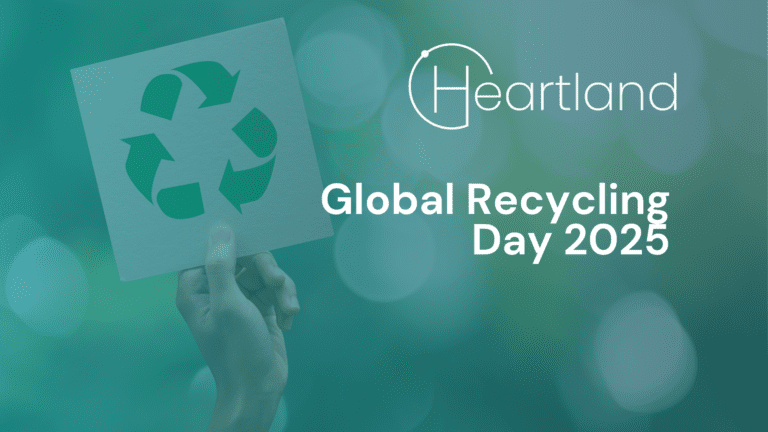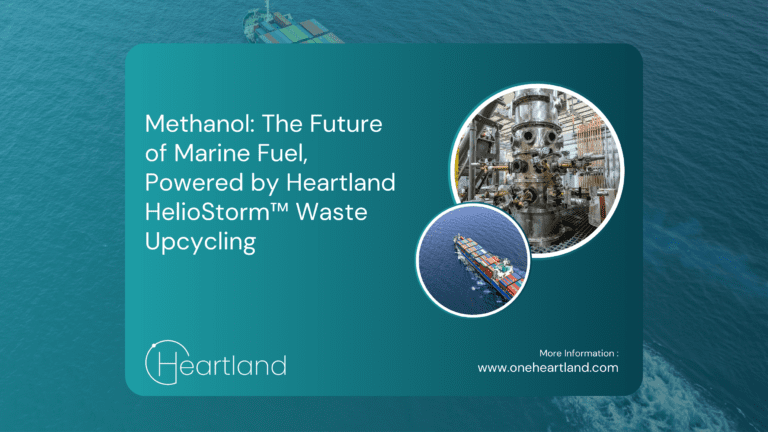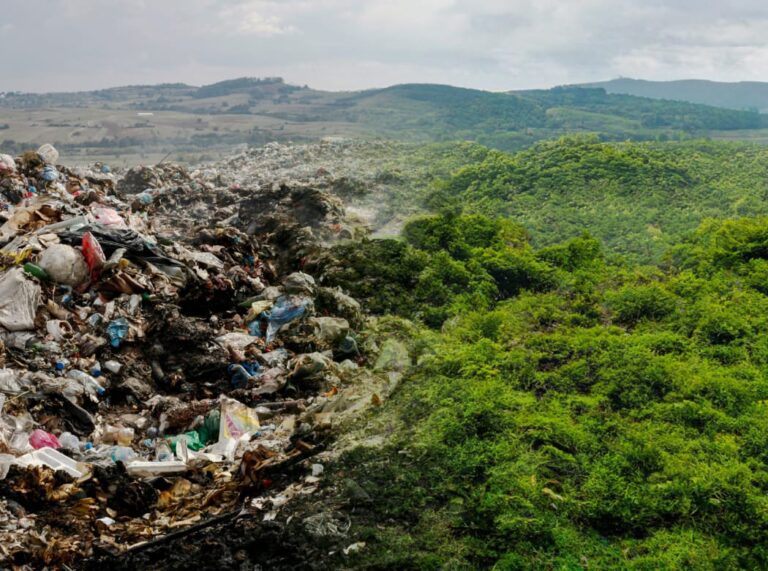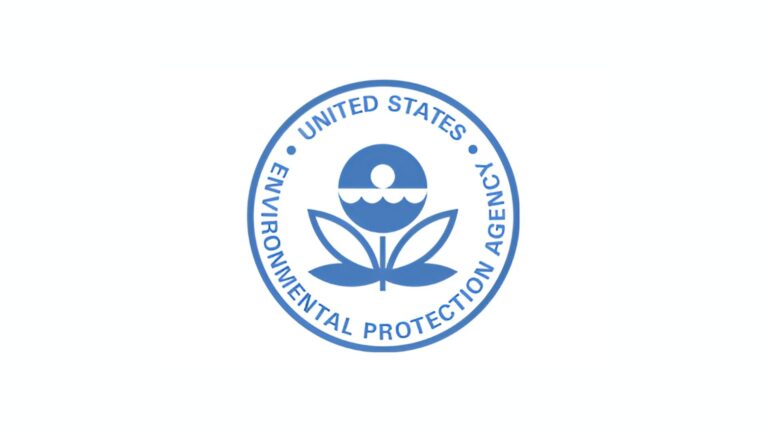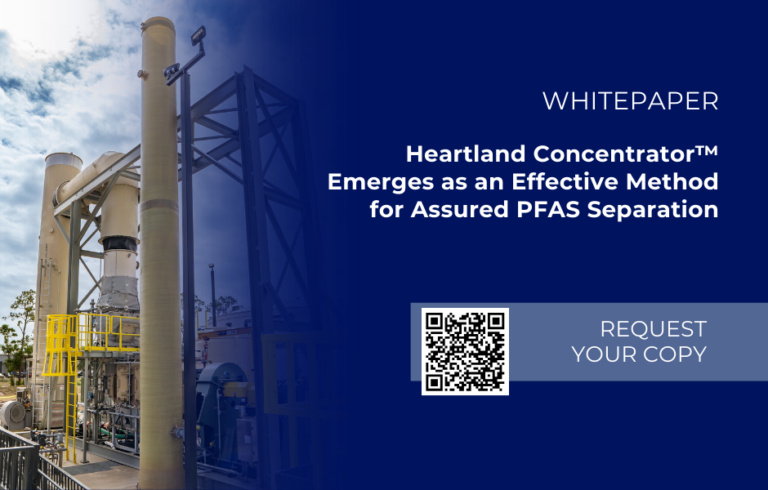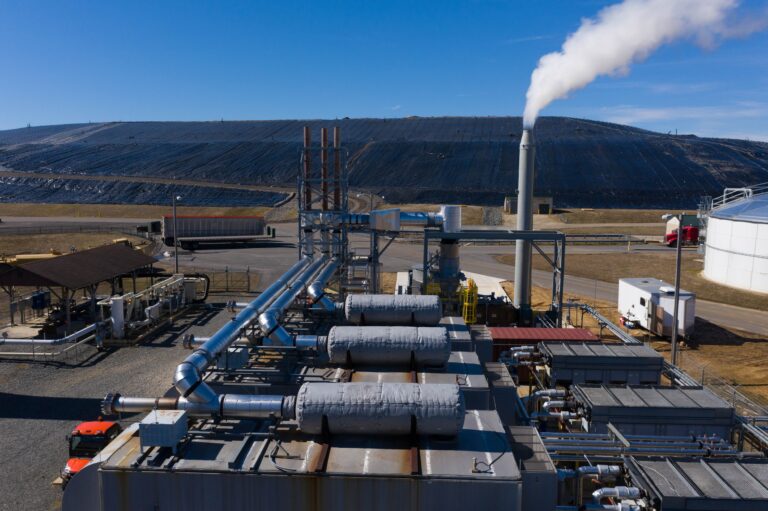The global effort to provide safe, clean drinking water is increasingly jeopardized by the presence of PFAS, or per- and polyfluoroalkyl substances. These synthetic compounds – often referred to as “forever chemicals” – have emerged as one of the most pressing environmental health threats of the 21st century.
While awareness has grown around PFAS exposure and contamination, a dangerous misconception persists: that filtering or partially removing PFAS is enough to eliminate the threat. In reality, incomplete destruction not only prolongs the environmental and health risks – it can exacerbate them by giving contaminated waste a new route back into the environment.
Even a small amount of residual PFAS can cause a measurable health effect, particularly when it continues to accumulate in the body or the environment over time. The consequences are not just theoretical – they are playing out in communities across the country where incomplete cleanup measures have left people vulnerable.
For Heartlands, the challenge is clear. In a world where traditional treatment methods fall short, we are committed to advancing complete PFAS destruction using high-performance solutions like HelioStorm™ and LTC Dry Technology. Anything less allows each PFAS chemical to persist in the environment and the human body, compounding the danger for future generations.
What Are PFAS, and Why Are They Referred to as “Forever Chemicals”?
PFAS are a group of man-made chemicals designed with fluorine-carbon bonds that are among the strongest in organic chemistry. This bond gives PFAS extraordinary resistance to heat, water, oil, and chemical reactions. As a result, these substances do not readily break down in nature. Once released into the environment – through industrial discharge, consumer use, or wastewater treatment – they can persist for decades without degrading. This resistance to natural decomposition has earned them the ominous nickname: forever chemicals.
The Environmental Protection Agency (EPA) and the Centers for Disease Control (CDC) have emphasized that PFAS are both bioaccumulative and persistent. They accumulate in living organisms and they remain present in water, soil, and air long after the initial source of contamination has been addressed.
Because of their extreme durability and ability to travel, PFAS compounds have been found in remote environments far from their point of origin. Their presence in Arctic wildlife and remote mountaintop rain samples is evidence that these chemicals ignore national borders and standard containment efforts.
In What Products and Environments Are PFAS Commonly Found?
Originally developed in the 1940s, PFAS became popular for their effectiveness in repelling water and grease. This made them invaluable for manufacturing consumer goods such as non-stick cookware, water-resistant outerwear, carpeting, food packaging, and fast-food wrappers. The Guardian reported that PFAS were not only present in household items, but also played a central role in industrial applications. Their fire-resistant properties made them critical in the production of firefighting foam used by the military and at airports – one of the most significant sources of PFAS contamination in water supplies today.
As industries expanded their use of PFAS, so did the likelihood of contamination. PFAS can be released into the environment during manufacturing, usage, and disposal. Once they enter wastewater systems, they accumulate in sludge or pass through conventional filtration processes, ending up in treated water or agricultural biosolids. The EPA’s Draft Risk Assessment on PFAS in Sewage Sludge explains how sewage sludge applied as fertilizer becomes a vector for PFAS to reenter the food chain, taint groundwater, and affect soil quality.
Health Impacts of PFAS Exposure
Understanding the true health impact of PFAS exposure requires looking beyond individual contamination events to the systemic, long-term dangers these substances pose to public health. PFAS chemicals have been linked to a broad spectrum of adverse health outcomes, ranging from minor immune system disturbances to life-threatening cancers.
The Agency for Toxic Substances and Disease Registry has connected PFAS exposure to kidney and testicular cancer, liver damage, thyroid dysfunction, and elevated cholesterol levels. Even more troubling are findings that suggest these substances may interfere with hormonal development, particularly in fetuses and children.
Bioaccumulation is at the heart of this problem. Once PFAS enter the body, they are not easily eliminated. Over time, the PFAS level in blood serum increases, heightening the potential for serious health effects. Sensitive populations – including pregnant women, infants, and those with preexisting conditions – are especially vulnerable. Infants may ingest PFAS through breastmilk or baby formula mixed with contaminated water. As these harmful chemicals accumulate over a lifetime, their long-term effects compound, making early intervention and complete elimination critical for protecting human health.
Emerging studies also suggest potential links between PFAS and mental health. While more research is needed, early indicators show that disruptions to endocrine function and immune health may also affect neurological development and emotional regulation. As PFAS continue to be studied, it is becoming increasingly clear that their presence in the human body could impact both physical and mental health for years to come.
Environmental Consequences of PFAS Contamination
While the health impacts of PFAS are deeply concerning, the damage to ecosystems is equally significant. PFAS contamination affects entire food chains, but more so in aquatic environments. Once these substances enter rivers, lakes, and oceans, they are absorbed by algae and small aquatic organisms. Fish, birds, and mammals that consume these organisms accumulate higher concentrations, a process known as biomagnification. This leads to high PFAS levels in apex predators, including humans.
Contaminated soil presents another long-term hazard. When biosolids containing PFAS are used in agriculture, the chemicals can seep into the root systems of crops and ultimately find their way into the food supply. PFAS in soil can also leach downward into aquifers, making them nearly impossible to recover without costly and invasive interventions. Because these chemicals are so stable, even well-funded cleanup operations often struggle to make a measurable impact.
The EPA notes that one of the greatest challenges in environmental remediation is the inability of traditional treatment methods to degrade PFAS. Most methods – such as activated carbon or reverse osmosis – only separate PFAS from water or waste streams. They do not actually destroy the PFAS compound, which means the toxic material must still be stored or disposed of in a way that prevents recontamination.
Economic and Regulatory Implications of PFAS Pollution
The financial burden of PFAS contamination has already begun to affect local governments, water utilities, manufacturers, and even consumers. Municipalities must invest in costly upgrades to water treatment infrastructure to meet emerging state and federal guidelines. These systems are expensive to install and operate and often still leave municipalities with large quantities of PFAS-laden filters or brines that must be incinerated or transported to hazardous waste landfills.
SL Environment reports that the estimated national cost of addressing PFAS pollution could reach billions of dollars. The economic implications go far beyond equipment and disposal. There are downstream effects including reduced land value, agricultural losses, increased healthcare costs, and potential damage to industries like tourism and fishing that rely on clean natural resources. These costs are likely to continue rising unless complete PFAS destruction technologies are adopted and implemented at scale.
From a regulatory standpoint, the landscape is in flux. The EPA has proposed enforceable limits for certain PFAS compounds in drinking water, but many environmental advocates argue that these limits do not go far enough. Additionally, some critics highlight the EPA’s decision to delay or roll back specific limits on PFAS as a sign that regulatory inconsistency continues to hamper progress. Reuters has reported on several lawsuits filed against corporations that knowingly contributed to PFAS pollution, with multi-billion-dollar settlements illustrating the increasing legal accountability for polluters.
The Importance of Complete PFAS Destruction
The danger of incomplete PFAS removal cannot be overstated. Filtration, reverse osmosis, and similar methods may be effective at capturing PFAS compounds, but they do not destroy them. The toxic substance remains intact and must be managed carefully to prevent reintroduction into the environment. The risk is that these secondary waste streams will be mishandled, incinerated at insufficient temperatures, or dumped in landfills where leaching occurs.
Incineration itself presents challenges. Research published in PMC shows that traditional incinerators may not reach the temperatures required to break carbon-fluorine bonds. This results in partial combustion and the formation of new, sometimes more dangerous compounds. These incinerators can release PFAS into the air as well, posing risks for nearby communities.
By contrast, advanced destruction technologies like those developed by Heartland offer a viable path forward. HelioStorm™ – Heartland’s plasma arc treatment system – reaches the extreme temperatures necessary to disassemble PFAS compounds at the molecular level. When integrated with LTC Dry Technology – which concentrates PFAS in waste streams and reduces volume for treatment – the combined system delivers comprehensive, on-site remediation that drastically reduces the risk of contamination during transportation or disposal.
On-site treatment solutions are particularly valuable for remote facilities, industrial operations, and wastewater treatment plants. Instead of trucking hazardous waste to incinerators or landfills, facilities can deploy these modular systems to destroy PFAS directly at the source. This not only reduces logistical costs but also prevents potential exposure events during transport and handling.
Heartland’s Commitment to PFAS Solutions
Heartland is deeply committed to addressing the challenges posed by PFAS through science-based, sustainable solutions. We understand that containing PFAS is not enough. Elimination through destruction must be the standard if we hope to protect environmental health and public safety.
Our technologies are designed with flexibility in mind. The modular nature of our systems allows for easy integration into existing infrastructure, whether at a municipal wastewater treatment facility, an industrial manufacturing site, or a remediation project. Our engineering teams work directly with clients to assess site-specific PFAS levels, customize system design, and deploy units that can operate with minimal downtime and maximum efficiency.
In addition to our technical offerings, Heartland remains engaged in policy discussions, research initiatives, and community outreach. We believe that advancing PFAS destruction technology is not just a business imperative – it’s a moral obligation to safeguard future generations from the legacy of environmental negligence.
Turning Commitment Into Results
The urgency of PFAS dangers is not hypothetical. They are real, measurable, and growing. From cancer and endocrine disruption to ecological collapse and economic hardship, the evidence is overwhelming. Yet the real threat lies not only in the chemicals themselves, but in our insufficient response to them. Incomplete PFAS destruction allows these toxic substances to linger in our environment, our water, and our bodies. It gives a false sense of security while extending the timeline of exposure for millions of people.
Now is the time for bold action. At Heartland, we offer the tools, expertise, and commitment needed to eliminate PFAS safely and effectively. We encourage stakeholders across industries to evaluate their current waste management practices, to look beyond temporary fixes, and to adopt destruction-focused strategies. Together, we can end the cycle of contamination and build a future defined by clean water, healthy communities, and environmental integrity.
To learn more about our PFAS treatment solutions or schedule a consultation, please contact us today. The fight against forever chemicals must begin – and end – with complete destruction.

